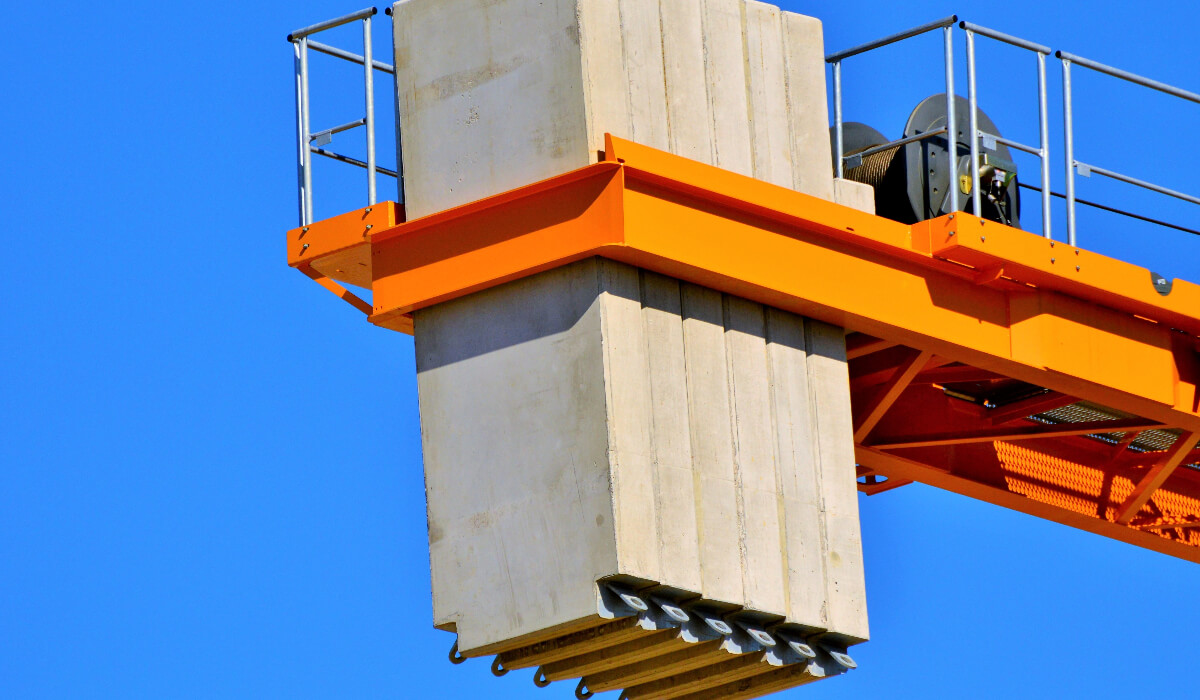Today, we will discuss a crucial topic that cannot be emphasized enough: lifting equipment safety. Whether in construction, manufacturing, or any other industry involving material handling, ensuring safety should always be your number one priority. The consequences of overlooking safety can be severe, from injuries to property damage and even loss of life.
So, let's dive into some best practices to keep everyone safe when operating lifting equipment.
Know Your Equipment
Before you even think about lifting anything; it's essential to familiarize yourself with the lifting equipment you'll be using. Different types of equipment have unique features and functions, and knowing how each works is the first step towards safe operation. Take the time to undergo proper training and learn from experienced operators. Never assume you know it all; continuous learning is vital regarding safety.
Safety Guidelines and Regulations
Safety regulations exist for a reason – to protect you and your coworkers from harm. Whether it's OSHA in the United States or specific EU regulations, following these guidelines is crucial to create a safe working environment. Take some time to read up on the regulations relevant to your industry and ensure that your workplace complies.
Pre-Operation Inspection
Imagine trying to lift a heavy load only to find out that the equipment is faulty. Not only would it be frustrating, but it could also be extremely dangerous. To prevent such situations, conduct thorough pre-operation inspections. Check for signs of wear and tear, leaks, or any other issues that might affect the equipment's performance. Don't take shortcuts with inspections – they can save lives.
Load Assessment and Planning
One of the leading causes of accidents involving lifting equipment is exceeding load capacity. Before lifting anything, calculate the load's weight and ensure it is within the equipment's capacity. Additionally, consider the load's centre of gravity and plan the lift carefully to ensure stability. Taking a few extra minutes for assessment and planning can prevent disasters.
Proper Lifting Techniques
Using lifting equipment is about something other than showing off your strength but applying the proper techniques. Avoid jerking movements, sudden starts, or stops – smooth and controlled movements are the way to go. Also, don't be tempted to overload the equipment to do the job faster. Following proper lifting techniques ensures the safety of the equipment and the people involved.
Personal Protective Equipment (PPE)
When operating lifting equipment, dressing appropriately is not a fashion choice – it's necessary. Always wear the required personal protective equipment (PPE) for the job. This could include hard hats, safety glasses, gloves, and steel-toed boots. PPE is your last defence against potential injuries, so never compromise on its usage.
Communication and Teamwork
A lifting operation involves more than just the equipment operator; it's a team effort. Clear communication between the equipment operator and ground personnel ensures a safe and coordinated lift. Use standardized hand signals or two-way radios to stay in touch during the operation. Teamwork and effective communication can prevent misunderstandings and avoid accidents.
Emergency Procedures
As much as we hope for smooth operations, emergencies can happen. It's crucial to be prepared for the unexpected. Know the emergency procedures for the specific lifting equipment you are using. Conduct regular drills to practice what to do in case of equipment malfunctions or accidents. Being prepared can save valuable time and prevent a bad situation from worsening.
Maintenance and Inspection Routines
Lifting equipment is like a reliable companion but requires regular care to perform at its best. Establish a maintenance schedule and adhere to it strictly. Routine inspections help identify potential issues early on, preventing breakdowns and ensuring safety. Remember, a well-maintained machine is safe.
Training and Certification
No one becomes an expert overnight. Proper training is a fundamental requirement for anyone operating lifting equipment. Seek out training programs and certifications from reputable sources to ensure you have the knowledge and skills to operate the equipment safely. Being properly trained not only benefits you but also those around you.
Conclusion:
Safety should never be compromised, especially when using lifting equipment. Remember, it's not just about completing the task; it's about ensuring everyone goes home safely at the end of the day. Stay safe, and thank you for reading!








